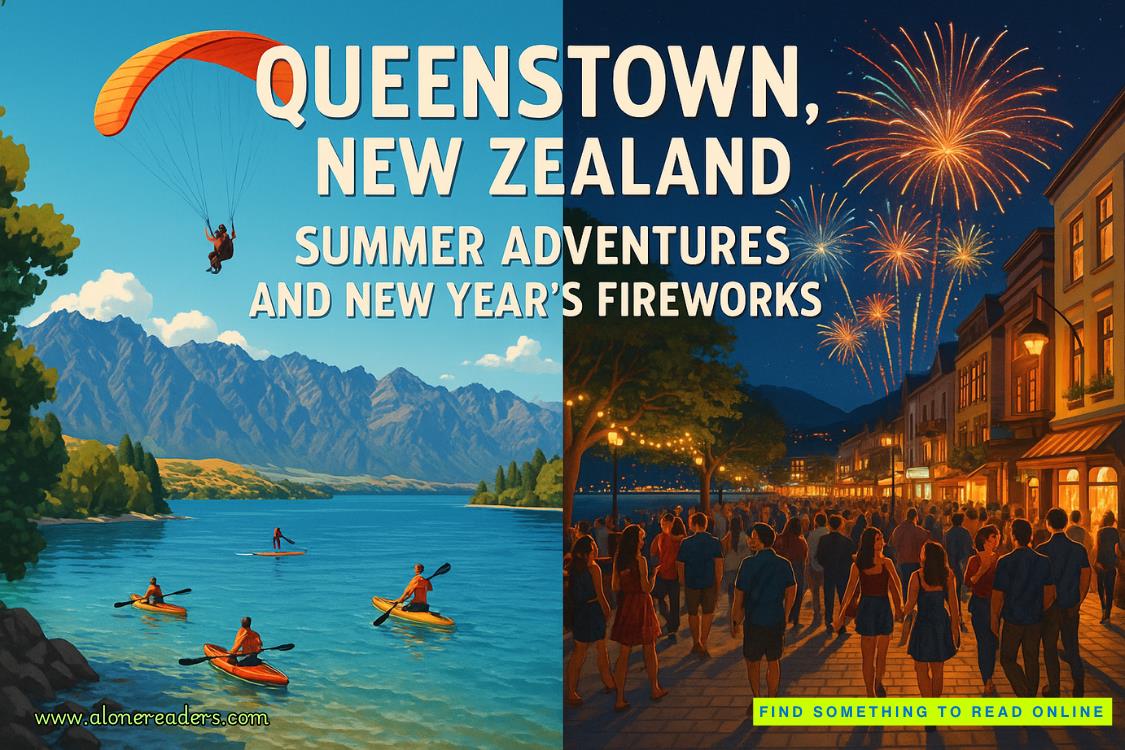Page 7 of Resisting My Rugged Enemy
“Ha, ha, you’re so funny, Sawyer.”
He leans forward, studying the timeline like an A-plus student. “What happened when the settlers showed up?”
“The usual tragic story, unfortunately. Conflicts over land, broken treaties, forced relocations.” I trace my finger along the dates. For your ranger exam, you’ll need to know specific events and dates. Like the Treaty of Fort Laramie in 1851, and how it affected tribal lands in Montana.”
He nods, pulls out a notebook, and starts writing. I arch an eyebrow. I half expected him to wing it, but he’s takingnotes. The guy keeps throwing surprises at me.
“Are you writing down what I’m saying or doodling bears?” I ask.
“Why, are you shocked I own paper?”
“A little, yeah,” I say. “Anyway, let’s keep going.”
He flips a page and writes downgold rushin block letters, then underlines the title. “Okay, hit me with all the gold rush details.”
“That started around 1862 when prospectors found placer gold in Grasshopper Creek, about sixty miles from here. It brought thousands of miners and fortune-seekers into the territory practically overnight.” I pull out one of the photocopied newspaper articles. “Maplewood Springs was established as a supply town for the mining camps. That’s why our main street has that particular layout.”
“What do you mean?”
“Well, it was designed for pack mules and wagons.”
Sawyer studies the old photograph I’ve included, squinting at the sepia-toned image of muddy streets and canvas tents. “Hard to imagine this place looking like that.”
“I know, right? But if you look carefully at the mountain formations in the background, you can see it’s the same location.” I point out the distinctive peaks. “What’s fascinating is how quickly permanent settlements developed. Within five years, we had a general store, a blacksmith, two saloons, and even a small school.”
“Two saloons but only one school?” He raises an eyebrow.
“Priorities of the frontier, I guess.” I smile, and I realize I’m enjoying teaching Sawyer. What’s happening to me? “Though to be fair, the school served a much wider area. Children would ride in from homesteads twenty miles away.”
He takes another bite of his cinnamon roll and continues scribbling notes. “What about the environmental impact? I figure that’s something they’ll ask about on the ranger exam?”
I blink, genuinely impressed. “That’s an excellent question. Most people don’t think about that aspect.”
“Don’t sound so surprised. I’m not all looks and no brains,” he teases.
“Jury’s still out on that one.”
“Ouch. But that does mean you agree about me having the looks, huh?” he says with a wink, barely able to contain himself from laughing.
“God help me,” I say with another eye roll.
“In all seriousness, I may not know much about history, but I know what mining does to the landscape.” He gestures toward the window, where Mount Hartley looms in the distance. “These mountains have been through a lot.”
“Exactly.” I pull out a map showing the locations of old mining claims. “Placer mining completely altered stream beds and water flow patterns. Some of the environmental damage is still visible today if you know where to look. There are areas where nothing grows because of mercury contamination from the extraction processes.”
Sawyer studies the map intently, asking questions about specific locations and taking detailed notes. This focused, engaged version of him is nothing like I’ve seen from him before. And maybe a little attractive, if I’m being honest.
Which I’m absolutely not, thank you very much.
“So what ended the boom?” he asks.
“Same thing that always ends gold rushes. The easy gold ran out. By 1875, most of the placer claims were exhausted, and the big mining operations moved on to other territories. A lot of the boomtowns became ghost towns almost overnight.”
“But not Maplewood Springs.”
“No, we were lucky. The location was good for other things like logging, ranching, mountaineering, hiking, and eventually tourism. Plus, we had the natural springs that the town is named after. As you know, people started coming here for the supposed healing properties of the mineral water.”
“Supposed?” He grins. “Are you telling me that you believe our famous springs are just fancy water? I’ve always believed the legends surrounding them.”















